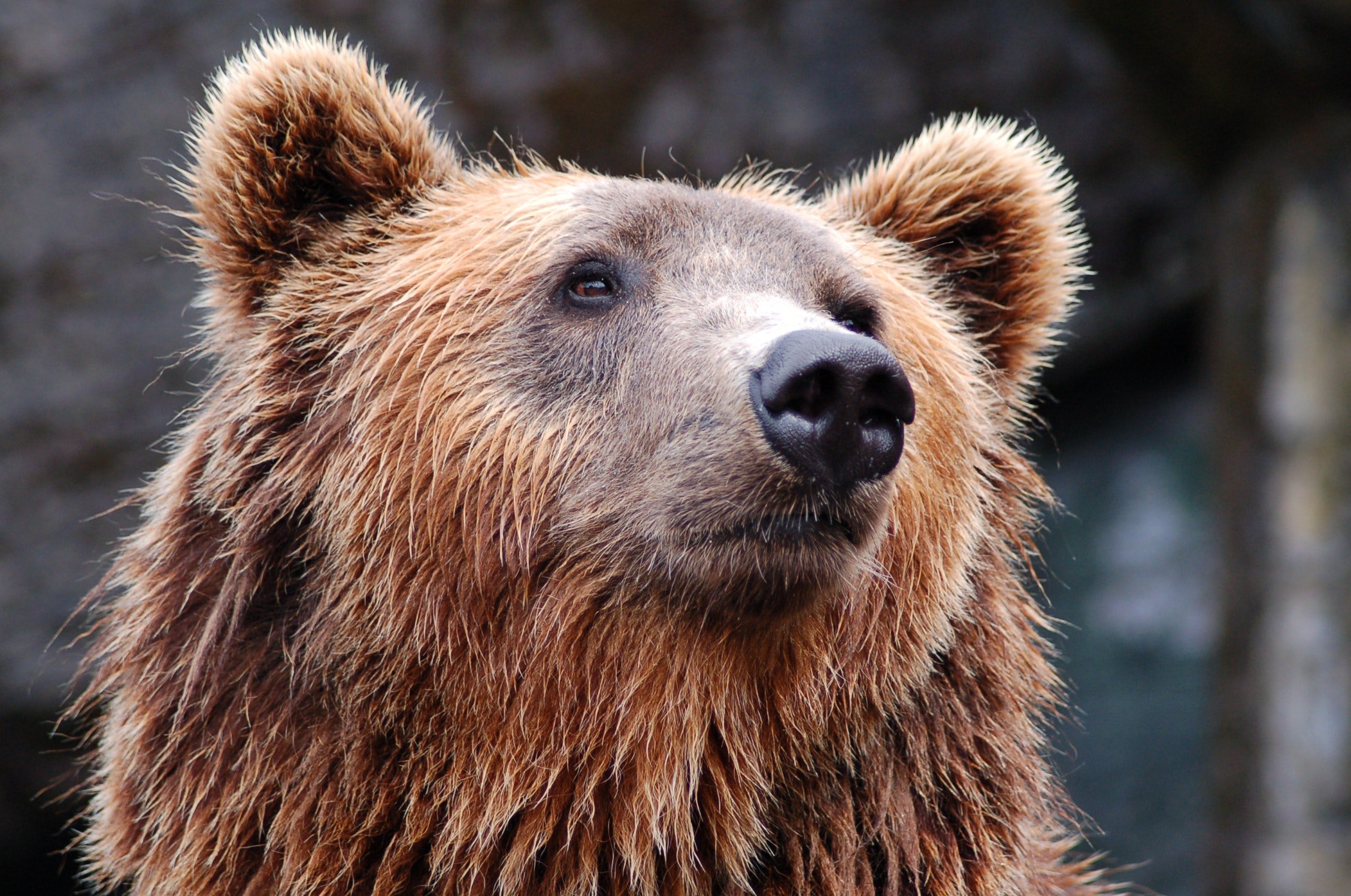NEWS & BLOG

WHAT ARE TRANSBOUNDARY BIOSPHERE AREAS AND WHY ARE THEY IMPORTANT?
Nature FIRST is a data-driven project funded by the European Commission with the goal of preserving biodiversity in Europe and beyond. As part of the project, we are testing preventive solutions in various field sites and one of them is the Maramures Transboundary Area, located in the Carpathian Mountains in both Romania and Ukraine. But why are transboundary biosphere areas important for biodiversity in Europe? What does this mean in terms of policy making? And what does it mean for the Nature FIRST project? Join us as we delve into the answers to the questions and explore the importance of transboundary biosphere areas.

KEEP EARTH’S BIODIVERSITY THRIVING: KEY BIODIVERSITY AREA PROGRAM
The Key Biodiversity Area (KBA) program is a global effort dedicated to identifying, monitoring, and preserving areas that are essential to biodiversity conservation. The programme aims to draw attention to the significance of natural sites that support an abundance of species and host unique ecosystems, with the goal of ensuring biodiversity protection now and in the future. But how are these areas identified, and why are they important? And how do they relate to the Nature FIRST project? Join us as we explore these questions and more.

HOW THE WOLF RETURNED TO EUROPE
Despite concerns about declining biodiversity on the European continent, some species make comebacks. The grey wolf has become one of them, the population of these large carnivores has increased by 1800% since the 1960s. However, the rewilding news has not been good news for all stakeholders.

HOW YOUR PHOTOS MIGHT HARM WILDLIFE
Data can save wildlife. Scientists need it to get precise research results and experiments, policymakers – to make more informed decisions about regulations and agendas. But data can also threaten wildlife. In fact, your own phone can.

HOW THE BISON RETURNED TO EUROPE
Biodiversity is a variety of forms of life on Earth. Its loss directly affects people: Will there be enough fresh water? And food? Will we have enough fuel resources to meet the needs of the growing human population on Earth? Answers to these questions depend on biodiversity.

HOW CAN GEODIVERSITY RESEARCH HELP IN PRESERVING BIODIVERSITY
Geodiversity is the abiotic diversity of Earth, i.e. the variety of minerals, rocks, fossils, soils, sediments, landforms, topography and hydrological features such as rivers and lakes. It is a part of human's lives as it is geodiversity which empowers progress and technological revolutions, provides raw materials and energy sources and far more.

THE IMPACT OF THE WAR IN UKRAINE ON BIODIVERSITY AND NATURE CONSERVATION
War affects the natural world in ways that can often be overlooked. From ancient times to the present day, wars have always had a profound impact on the environment, causing long-lasting and far-reaching damage to ecosystems, wildlife, and natural resources. This takes place in the form of fires, deforestation, pollution, planted landmines and the abandonment of sites that need protection or become dangerous, among others. With modern warfare, the destruction has only become more severe. Join us for a conversation with Ostap Reshetylo, project manager at our network partner’s World Wildlife Fund Ukraine, to learn more about the environmental impact of the war in Ukraine, its current and future implications, and what can be done.

WHY PREDICTIVE DATA IS VITAL FOR NATURE CONSERVATION
Predictive data is prevalent across industries and disciplines, and it plays an important role in nature conservation and the prevention of biodiversity loss. By analysing and predicting patterns and trends in wildlife populations and habitats, we can make more informed decisions about how to protect and preserve natural resources. But how does it actually work? In this blog post, we explore the role of predictive data in nature conservation, and why it’s a key element for Nature FIRST.

HOW COP15 CONTRIBUTES TO BIODIVERSITY CONSERVATION
Last year ended with a historical deal on preserving biodiversity. COP15 leaders signed the Kunming-Montreal Global Biodiversity Framework that should help to protect 30% of the planet and 30% of degraded ecosystems by 2030. Why was it difficult to agree? What are the main targets? How will the progress be monitored? Read the article to find out.

NATURA 2000: WHAT IS IT AND WHY IS IT SO IMPORTANT?
Natura 2000 is the largest coordinated network of protected areas in the world, covering over 18% of the EU land area and more than 8% of its sea territory. With biodiversity declining throughout the world, these sites offer a haven to Europe’s threatened species and habitats. Join us to explore the history of Natura 2000, why it is so important, what it has achieved so far and how it relates to the Nature FIRST project.
